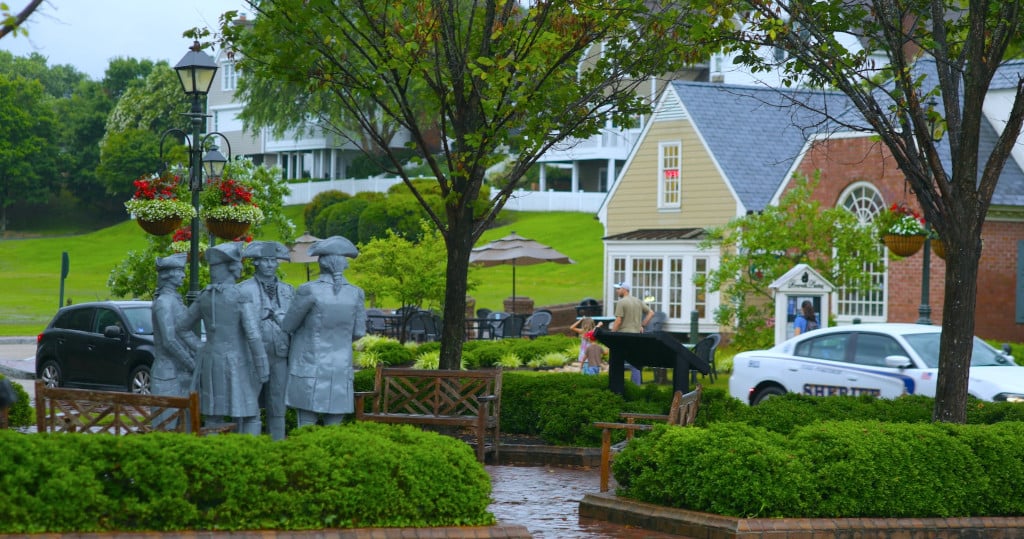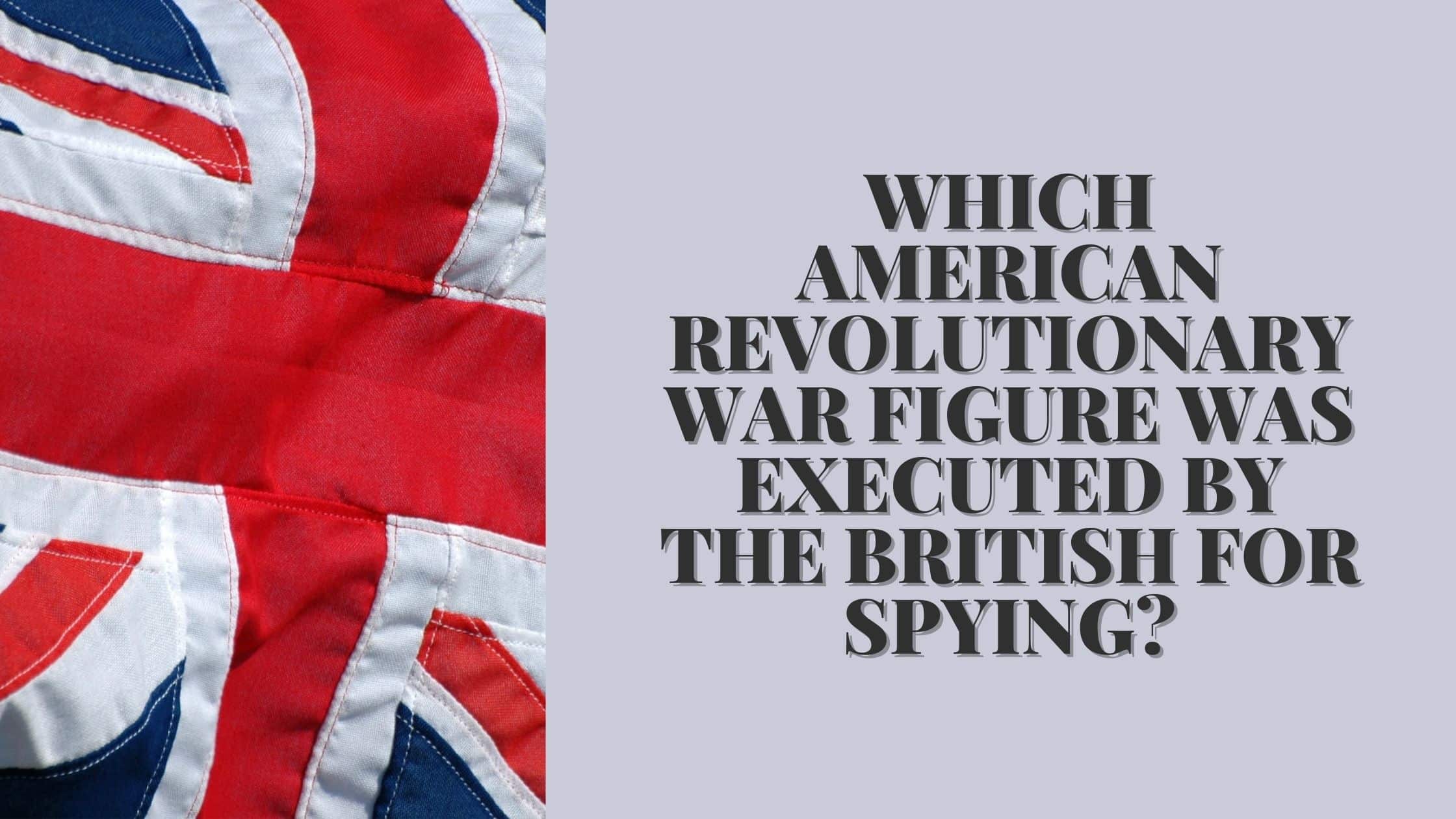Table of Contents
ToggleRevolutionary Spies
Which American Revolutionary War figure was executed by the British for spying? One of the most daring of the American spies who ended his life as a martyr for the revolutionary cause, Nathan Hale is famous for purportedly (though there is little proof that it actually happened) uttering his final words, “I only regret that I have but one life to give for my country,” before being hanged by the British.Early Life
Nathan Hale was born in Coventry, Connecticut, on June 6, 1755, into a prominent family of seriously devoted Puritans. They instilled in Nathan and their other children the importance of hard work and education and instilled in them a philosophy of living a virtuous life in line with their religion.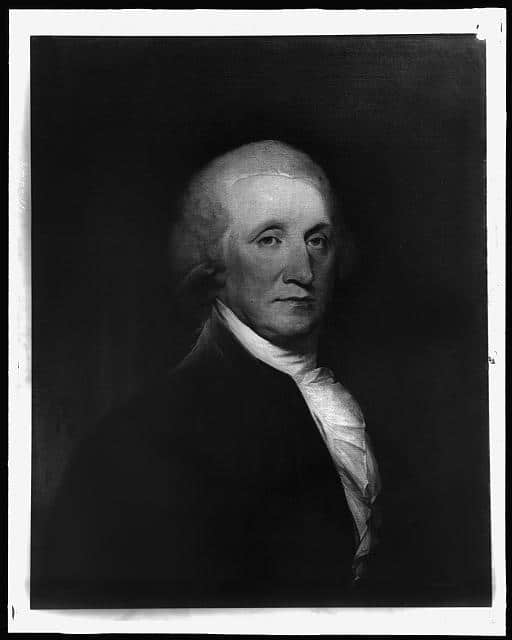
Military Service
A year after acquiring his teaching position in New London, the American Revolutionary War broke out with the opening of salvos in Lexington and Concord in Massachusetts.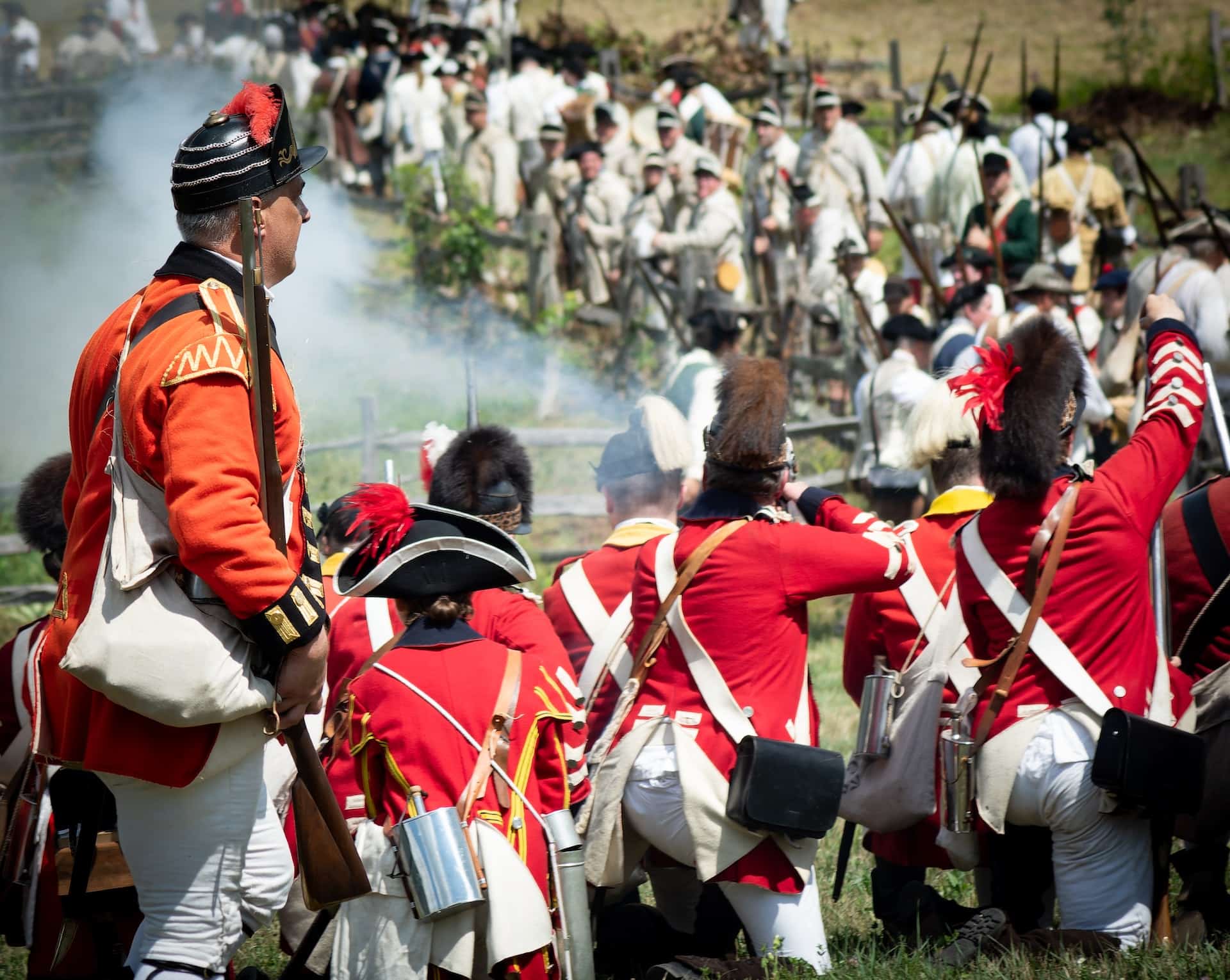
Hale’s Spying Days
Without seeing any action after over a year in service, Hale, imbued with a deep sense of duty, decided to volunteer for the dangerous role despite its inherent risks. Spies were considered illegal combatants and executed with haste.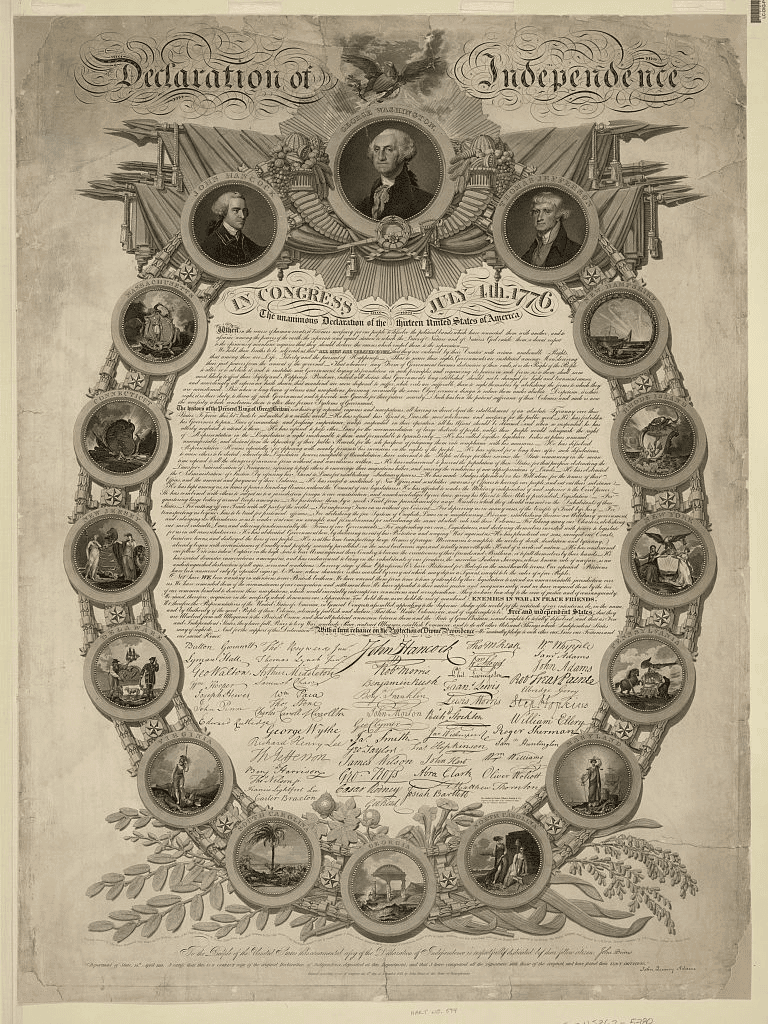
Interrogation & Internment
While Hale was interned, Washington’s troops were forced to retreat again, leaving New York City entirely. Hale was sent to British General William Howe’s headquarters at First Avenue and 51st Street in Manhattan, where he was quickly condemned to death.
Hale’s Legacy
Despite his failures as a spy, Hale has been remembered long after his death due in part to his patriotism and likability as well his untimely demise and because of the widespread and the likely falsely attributed quote, “I only regret that I have but one life to give for my country” which originates from the playwright Jonathan Addison’s play Cato, reportedly a favorite of Hale’s. After the myth became fact, following countless retellings, Hale transformed post-mortem into a symbol of selflessness and patriotic duty, an American hero and icon.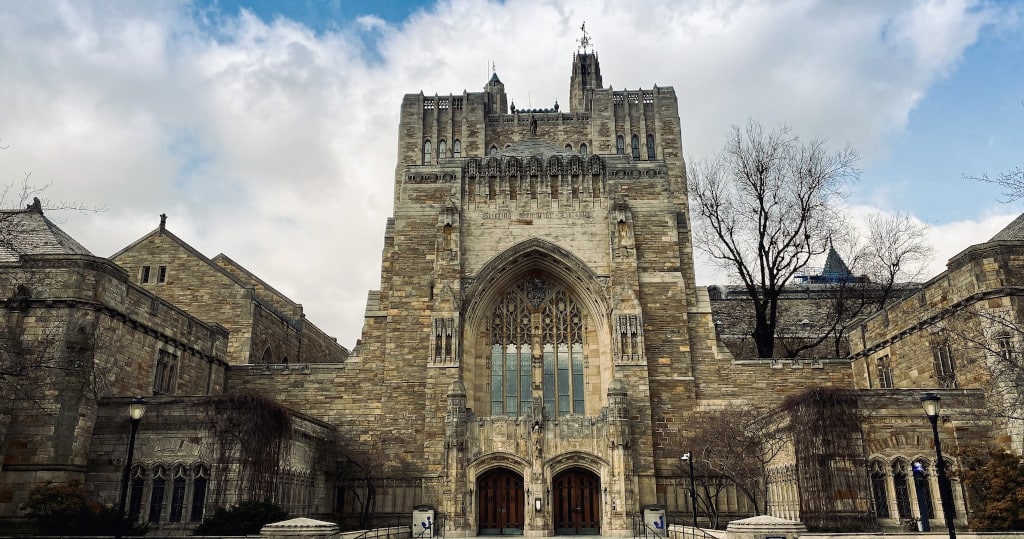
Other Revolutionary Spies Not Named Hale
Though he was the most famous of American spies during the American Revolutionary War, he was one of many spies utilized by the American side to undermine British efforts through subterfuge. General George Washington, commander of the Continental Army, was also a spymaster who managed several different networks of spies that operated in close-knit circles and reached further into the high society of loyalist circles.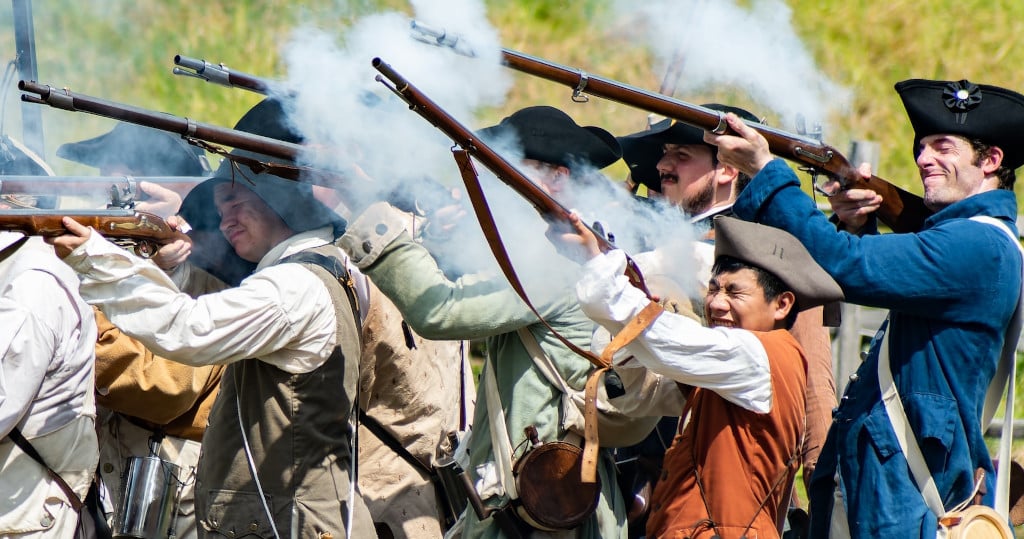
Benjamin Tallmadge
Major Tallmadge was selected by George Washington in 1778 to create and lead a spy ring in New York City, the headquarters of the British military at the time. Tallmadge created the Culper Spy Ring, recruiting and using his friends as informants. Tallmadge acted as the primary handler and manager of the successful and critically important Culper Spy Ring through the end of the war.Abraham Woodhull
Abraham Woodhull was a farmer who played an integral role in the Culper Spy Ring. Woodhull acted as the de-facto leader of the Culper Ring. Apart from Major Tallmadge, Woodhull decided which information obtained from the group of spies was important enough to be disseminated and would eventually be passed on to George Washington. Woodhull went by the pseudonym of “Samuel Culper Sr.”.James Armistead Lafayette
An enslaved man who volunteered to fight in the Continental Army under French general Layfayette in the early 1780s.